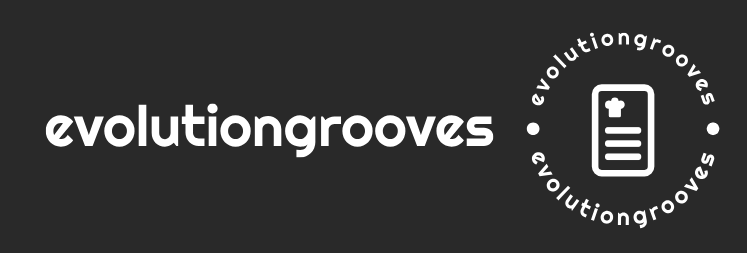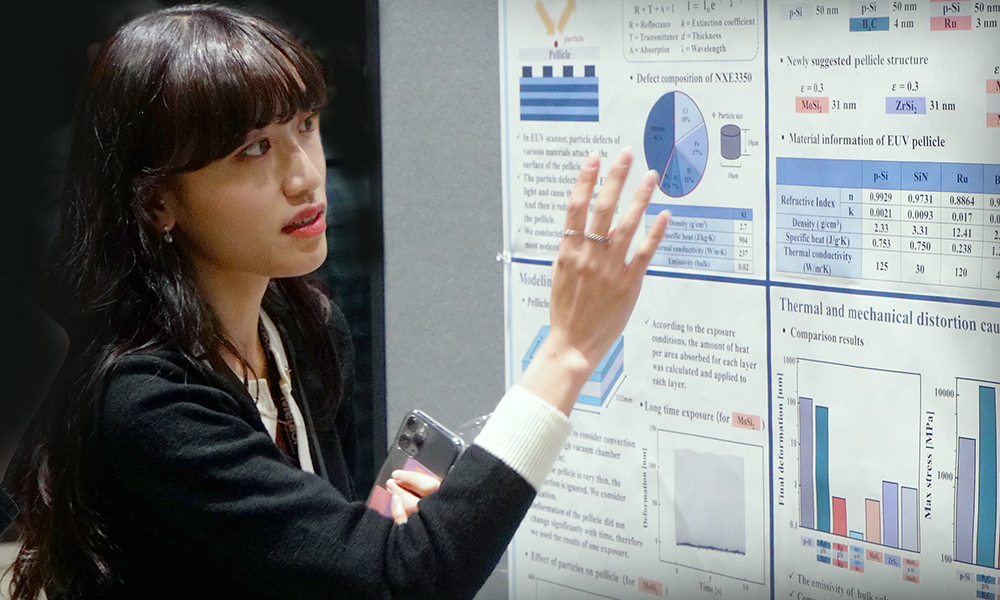The scientific research poster is a cornerstone of academic conferences and symposia. It’s a visual representation of your hard work, a snapshot of your research journey, and a conversation starter with fellow scientists. But creating an effective scientific research poster is more than just slapping some text and figures onto a board. It requires careful planning, thoughtful design, and a clear understanding of how to communicate your findings concisely and engagingly. This guide will walk you through the essential steps of creating a scientific research poster that stands out from the crowd and effectively showcases your research.
Understanding the Purpose of a Scientific Research Poster
Before diving into the design, it’s crucial to understand the purpose of a scientific research . It’s not a mini-version of your research paper. Instead, it’s a visual summary designed to pique interest, spark discussion, and provide a high-level overview of your research. Think of it as an advertisement for your work, enticing viewers to learn more and engage in conversation. A well-designed scientific research should be self-explanatory enough for viewers to grasp the key findings even if you’re not present, yet intriguing enough to encourage them to seek you out for further discussion.
Planning Your Scientific Research Poster: Content and Structure
The first step in creating a compelling scientific research is planning the content and structure. A typical scientific research includes the following sections:
- Title: Your title should be concise, informative, and attention-grabbing. It should accurately reflect the content of your research and entice viewers to learn more.
- Authors and Affiliations: List the names of all authors and their affiliations.
- Introduction/Background: Briefly introduce the context of your research and the problem you are addressing. Keep this section concise and focused, providing only the essential background information.
- Objectives/Hypothesis: Clearly state the objectives of your research or the hypothesis you are testing.
- Methods: Describe the methods you used in your research. Focus on the key methods and avoid overly technical details. Visual representations, such as flowcharts or diagrams, can be particularly effective in this section.
- Results: Present your key findings clearly and concisely. Use figures, graphs, and tables to visualize your data and make it easy to understand. This is the heart of your scientific research , so make sure the results are presented in a compelling way.
- Discussion: Discuss the implications of your findings and how they relate to your research objectives or hypothesis. Avoid over-interpreting your results and focus on the key takeaways.
- Conclusion: Summarize your main findings and their significance. This should be a brief and impactful statement that leaves a lasting impression on the viewer.
- References: List any relevant references you cited in your poster. Keep this list concise and focused on the most important references.
- Acknowledgements (Optional): Acknowledge any funding sources, collaborators, or other individuals who contributed to your research.
Designing Your Scientific Research Poster: Visual Appeal and Clarity
Once you’ve planned the content and structure, it’s time to focus on the design. A visually appealing and well-organized poster is more likely to attract attention and engage viewers. Here are some design tips to keep in mind:
- Layout: Use a clear and logical layout that guides the viewer’s eye through the poster. A common approach is to use a columnar layout, with the title at the top and the other sections arranged in a logical flow.
- Font: Choose a clear and easy-to-read font. Avoid using too many different fonts and stick to a consistent style throughout the poster. Use a larger font size for headings and a smaller font size for body text.
- Color Scheme: Use a consistent color scheme that is visually appealing and not too distracting. Avoid using too many bright colors and stick to a limited palette.
- Figures and Graphs: Use high-quality figures and graphs to visualize your data. Make sure the figures are clearly labeled and easy to understand. Avoid cluttering your poster with too many figures.
- White Space: Don’t be afraid to use white space. White space can help to break up the poster and make it easier to read. It can also help to draw attention to key elements.
- QR Codes: Consider including a QR code that links to a digital version of your poster or your research paper. This allows viewers to easily access more information about your work.
Tips for Creating an Effective Scientific Research
Here are some additional tips for creating a scientific research that stands out:
- Keep it Concise: Avoid cluttering your poster with too much text. Focus on the key findings and use visuals to convey your message whenever possible.
- Tell a Story: Think of your poster as a story that you are telling about your research. Make sure the story is clear, concise, and engaging.
- Practice Your Presentation: Be prepared to discuss your research with viewers. Practice your presentation beforehand so you can confidently answer questions and engage in meaningful conversations.
- Proofread Carefully: Before printing your poster, proofread it carefully for any errors in grammar or spelling. Ask a colleague or mentor to review your poster as well.
- Print Quality Matters: Invest in high-quality printing to ensure your poster looks professional.
Making the Most of Your Scientific Research Presentation
Your scientific research is not just a static display; it’s a tool for communication and networking. Here are some tips for making the most of your poster presentation:
- Engage with Viewers: Don’t just stand behind your poster and wait for people to approach you. Be proactive and engage with viewers, asking them if they have any questions or if they would like to hear more about your research.
- Be Prepared to Answer Questions: Viewers will likely have questions about your research. Be prepared to answer these questions clearly and concisely.
- Start Conversations: Use your poster as a conversation starter. Ask viewers about their own research and look for common interests.
- Network: Poster sessions are a great opportunity to network with other scientists in your field. Exchange contact information and follow up with people after the conference.
- Listen to Feedback: Be open to feedback from viewers. Their questions and comments can provide valuable insights into your research.
Creating a compelling scientific research is a skill that takes time and practice. By following the tips in this guide, you can create a poster that effectively communicates your research findings, attracts attention, and sparks meaningful discussions. Remember, your scientific research is a reflection of your hard work and dedication. Make it count!





